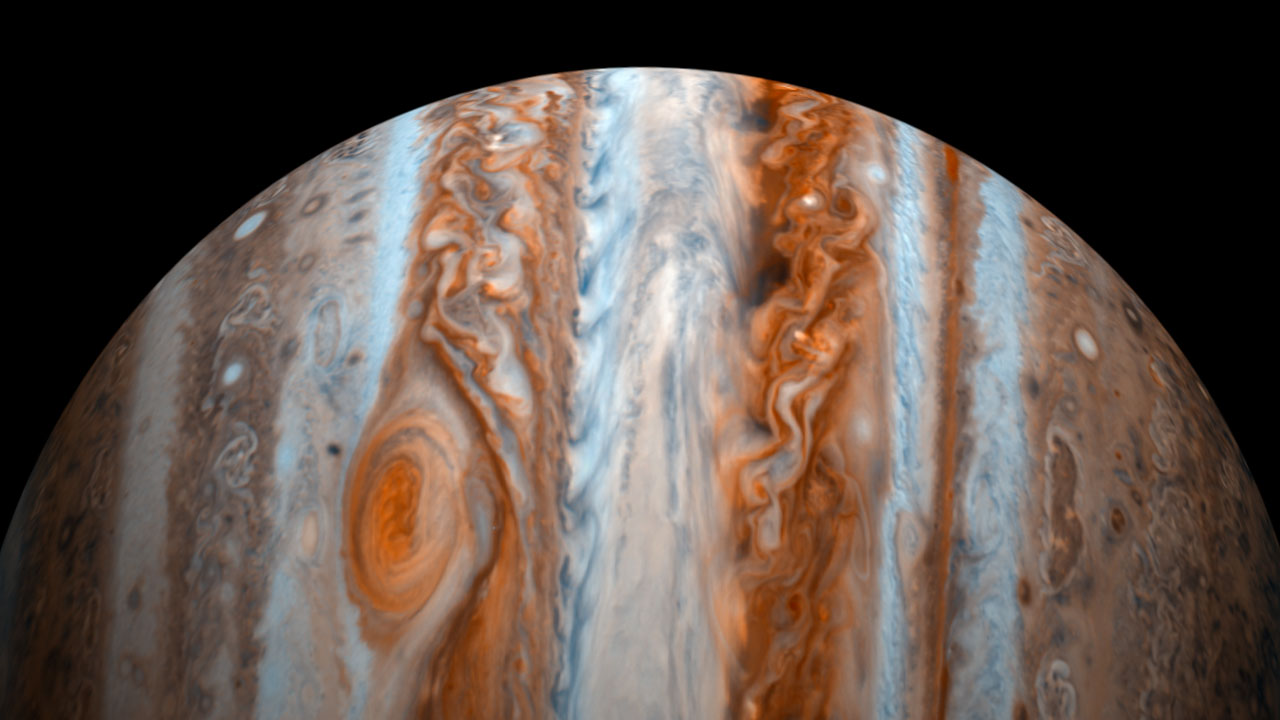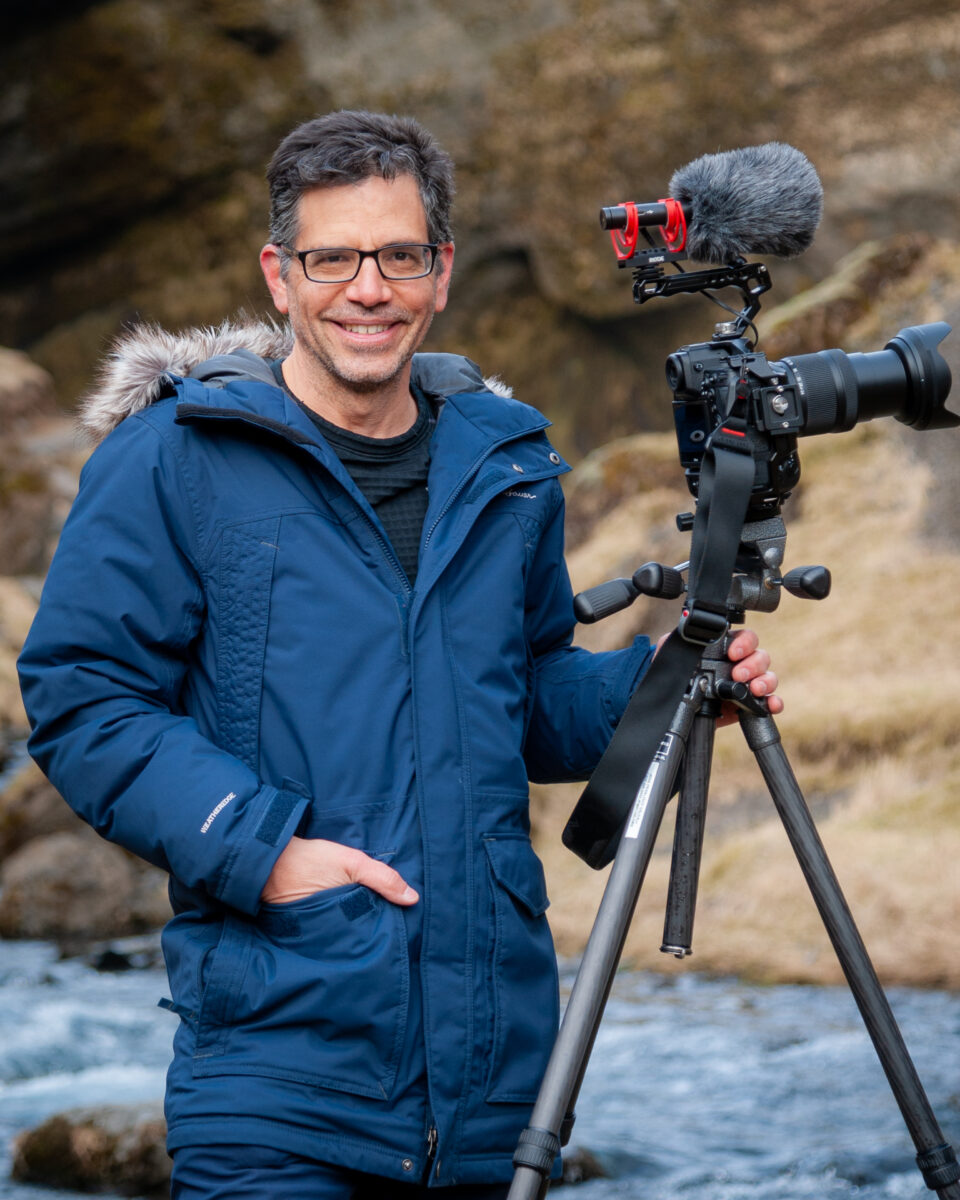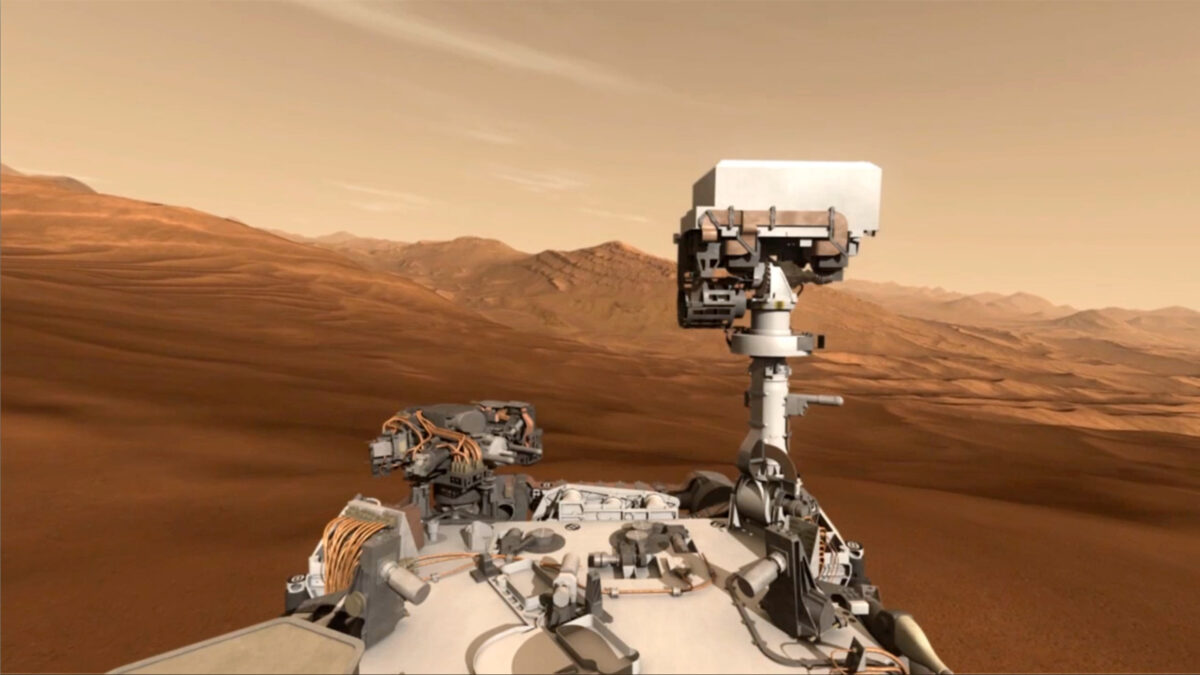Glacier Symphony To Explore New Creative Space with Multimedia Performance of ‘The Planets’
This weekend, the Glacier Symphony will perform Gustav Holst’s “The Planets,” alongside an accompanying film featuring images captured by NASA, the European Space Agency, and other celestial sources.
By Mike Kordenbrock
With its upcoming performances of the English composer Gustav Holst’s “The Planets” at FVCC’s McClaren Hall, the Glacier Symphony will, fittingly, be venturing out into the unknown.
As Artistic Director John Zoltek explained, the symphony has in the past played alongside photographic projections, but these upcoming performances on Oct. 14-15 will be its first time performing live with film; in this case, one composed of historical illustrations, space visualizations from NASA and the European Space Agency, animations, and time-lapse sequences created using photos captured by ground-based telescopes and spacecraft. Each section of the film is synced up to correspond with one of the seven sections of Holst’s early-20th century piece, each of which are dedicated to a different planet.
The film accompaniment was created by Jose Francisco Salgado, who has a PhD in astronomy and works as an experimental photographer, visual artist, and science educator. Salgado specializes in multimedia collaborations that bring science and art together through the combination of film and classical music under his “Science and Symphony” project and through his nonprofit KV 265, which looks to encourage exploration of art, music, and science.
Although Salgado’s “Science and Symphony” works have been featured hundreds of times, he believes the upcoming performances signal the first time one has been shown in Montana, meaning that, alongside the Glacier Symphony, he, too, will find himself in new territory. It’s a new experience he says is exciting, and as part of the symphony performance Salgado will deliver a pre-concert talk which will cover the work and creative process behind it.

“The impetus of the project is to bring science into a non-traditional venue when it comes to science education, which is the concert hall,” Salgado said. “So people come to the concert hall to listen to beautiful, dramatic, powerful music. Not necessarily to be exposed to scientific concepts, but the idea is to bring science and art together and inspire people to learn more on their own about what they see on the screen.”
Salgado emphasized that the film is science-based, and that all of the achievements depicted are things that humans have actually done. This modern-day fusion of art and science becomes even more complex when Holst’s own inspirations are taken into account.

A composer who lived in the late 19th century and early 20th century, Holst wrote “The Planets” between 1914 and 1917, and looked towards astrology, Zodiac signs, and the mythological connections between heavenly bodies and the seven known planets at the time.
The piece is written for an expanded orchestra, and three of the seven movements — Mars, Jupiter and Uranus — are, in Zoltek’s words, “loud and forceful.” To account for the expanded orchestra Holst intended to perform his works, Zoltek said they have added wind players, brass players, and percussionists.
“Those works employ, you know, huge dynamics. The orchestra is very loud, there’s a lot of percussion. It’s a lot of dynamic energy. And those are like the pillars of the big sections,” Zoltek said. “And then the other movements are a little bit slower. They’re not necessarily scored for smaller groups but they’re just a little bit more subtle, and slower tempo. And so there’s a lot of variation in all of the music. Like Mercury — ‘The Winged Messenger’ is the subtitle — that’s a movement that’s very, very fast and light, as it would suggest. And ‘Mars: The Bringer of War’ is very impactful and violent.”

The most distant planet at the time of Holst’s composing was Neptune, and Zoltek described the music in the corresponding section of “The Planets” as having an almost “gossamer” quality that fades in and out and reminds him of the “Star Trek” theme. Which isn’t a coincidence. Zoltek said that some of the music written for “Star Trek,” as well as other iconic motion pictures set in space, like “Star Wars,” were clearly influenced by Holst’s masterpiece.
“It’s a very cinematic piece,” Zoltek said.
With this combination of film and music come challenges. Typically, symphonic music allows the tempo to “breathe,” but Zoltek said with this, the required timing and coordination is more rigid, since the symphony has to keep up with the changing visuals. When done right though, the effect is moving, and Zoltek said he believes it will be a significantly dynamic experience for audiences.
Multimedia performances are something the Glacier Symphony is beginning to explore further, in large part because its home at McClaren Hall gives it the capacity to incorporate some of the equipment such performances require. It’s also an opportunity to reach new audiences.
The upcoming event will open with performance of the Russian composer Rachmaninoff’s 2nd Piano Concerto, as played by the pianist Ilya Yakushev. The inclusion of the Rachmaninoff is an effort by the symphony to recognize the 150th anniversary of his birth.
The 2nd Piano Concerto is, in Zoltek’s words, beautiful, romantic, and “incredibly, insanely difficult for the pianist.” Rachmaninoff, as Zoltek explained, bridged periods of late 19th-century Romanticism and early modern classical music, and his piano concerti represent the apex of the piano concerto genre.
“You get a lot of that, sort of flowery, beautiful, long-line Romantic melodies, and crashing, difficult piano passages, and lots of exciting, exciting stuff,” Zoltek said. “It’s very hyper-emotional music.”
Glacier Symphony will be performing “The Planets,” with a film accompaniment on Saturday, Oct. 14 at 7:30 p.m. and Sunday, Oct. 15 at 3 p.m. at McClaren Hall in Flathead Valley Community College’s Wachholz College Center. Salgado’s pre-concert talks will take place an hour before the concerts start. For more information go to glaciersymphony.org, or go to wachholzcollegecenter.org for tickets.